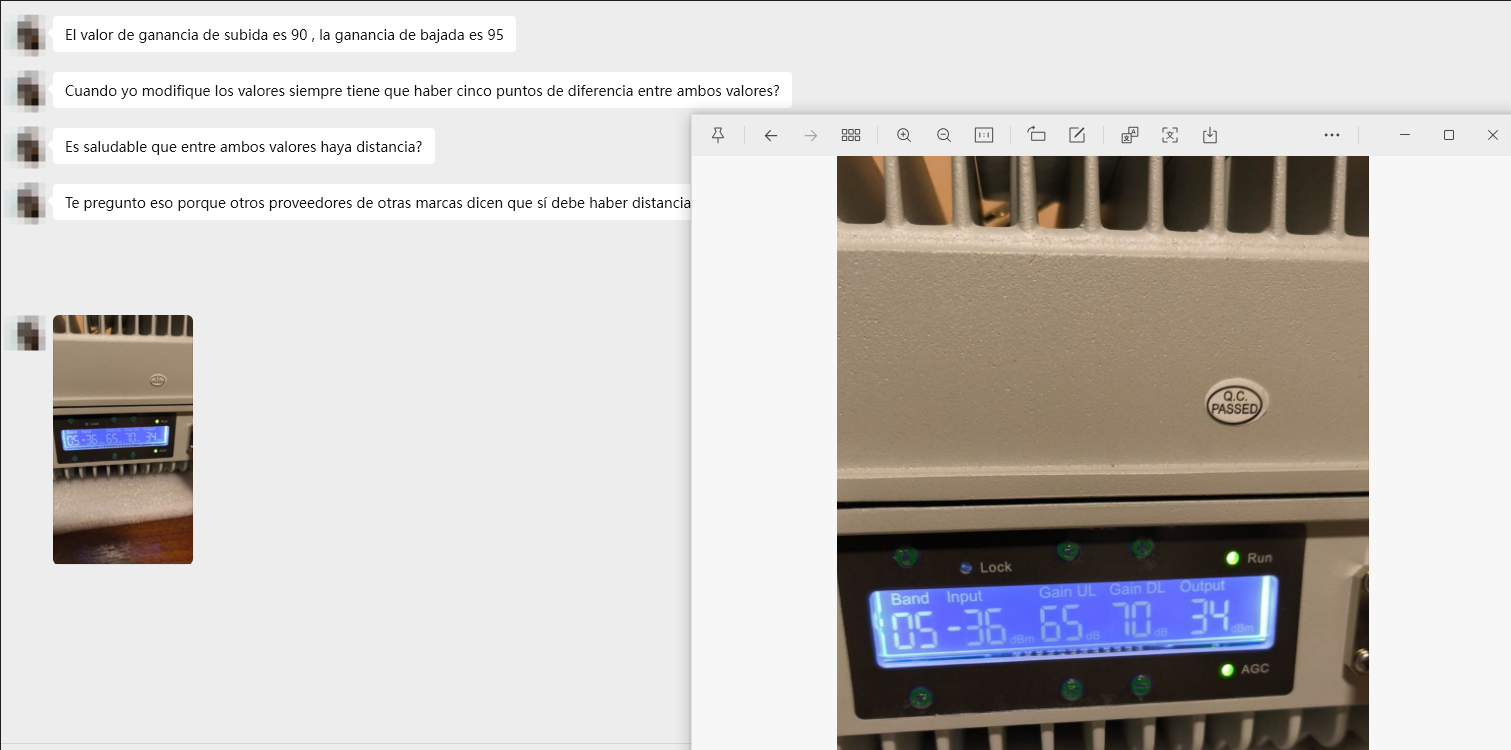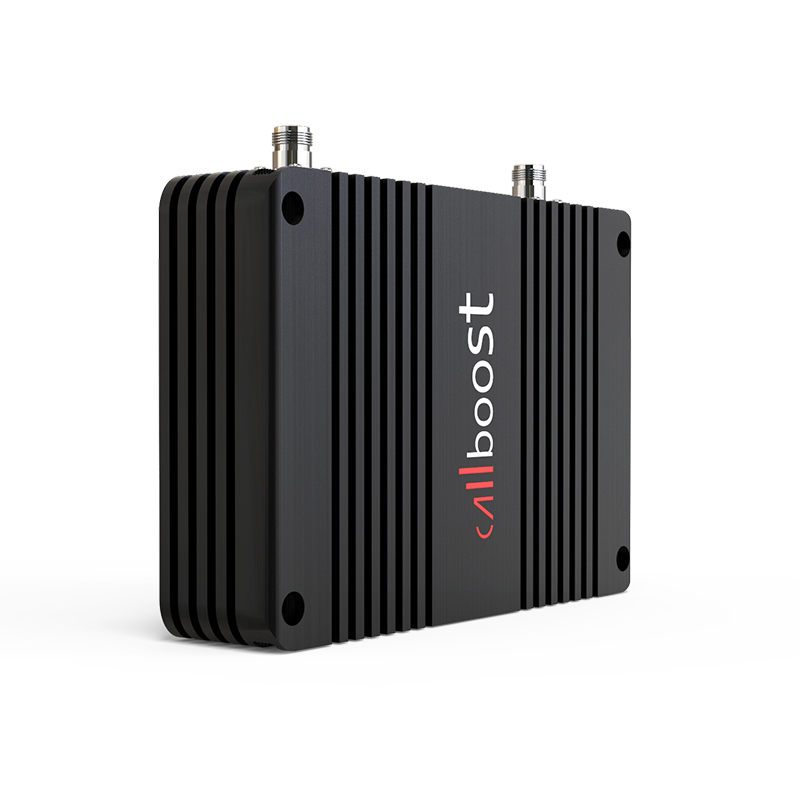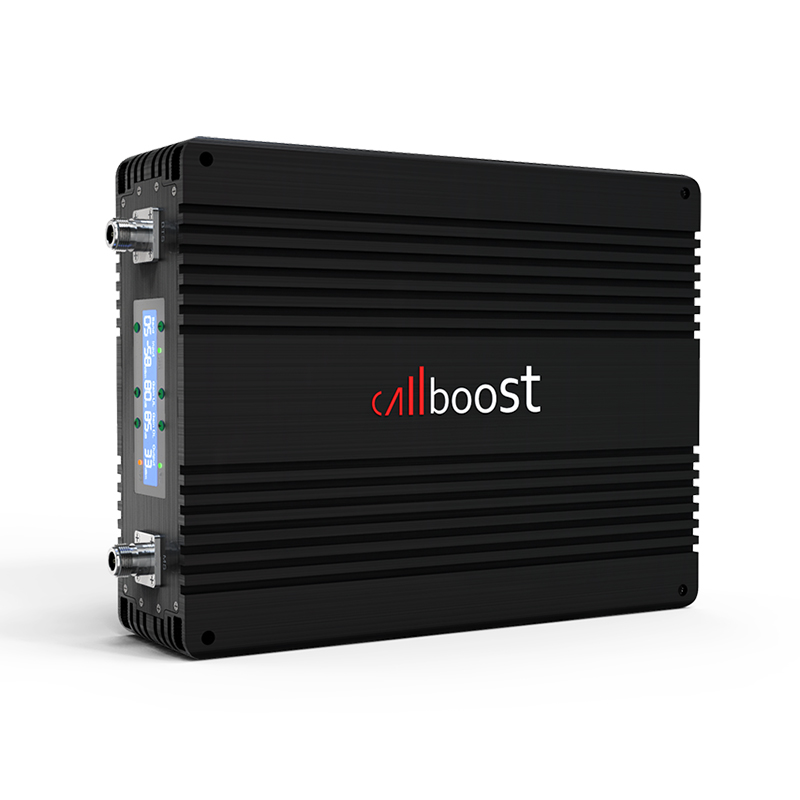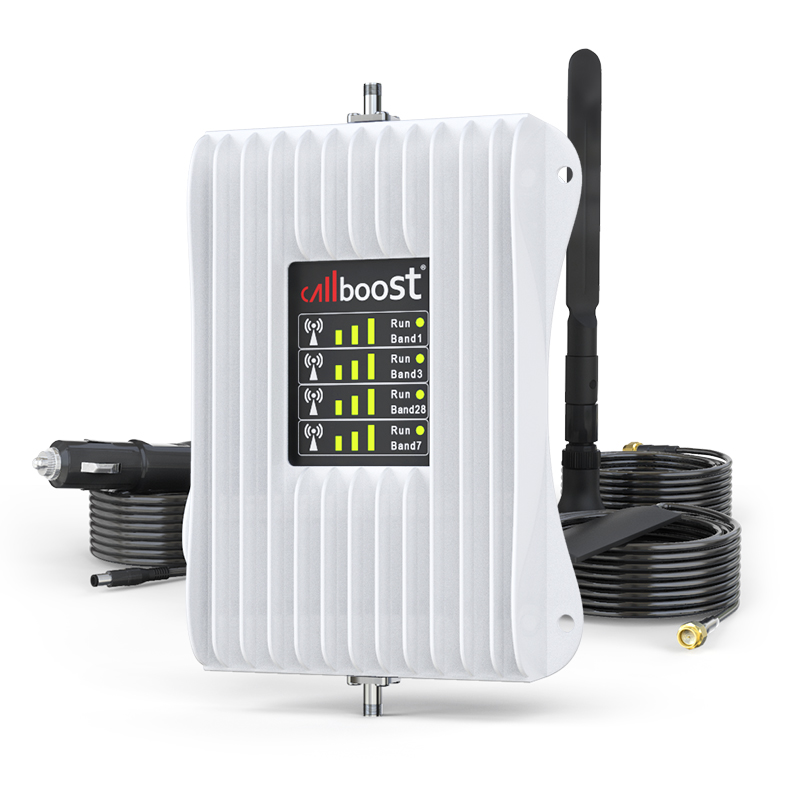Are you tired of dropped calls, slow data speeds, and unreliable signal in your home, office, or vehicle? You know a cell phone signal booster is the solution. But with so many options on the market, how do you choose the right one?
The difference lies not just in amplification, but in intelligent engineering. At Callboost, we don't just build signal boosters; we engineer them for peak performance and reliability. Understanding the core technology is the first step to making a smart purchase.
1. The Critical Metrics: How to Choose a High-Performance Signal Booster
A quality signal booster is defined by its key performance indicators. While many brands focus on "coverage area," savvy buyers look deeper. Here are the non-negotiable metrics we optimize at Callboost:
Gain
The gain of a cell signal amplifier represents its ability to amplify signals, which is the ratio of the output signal strength to the input signal strength, usually measured in decibels (dB).
Cell phone signal booster is usually divided into low gain signal booster and high gain signal booster, and is applied in different scenarios.
Gain reflects the degree of amplification of electromagnetic wave energy by a signal amplifier. For example, if the input signal is 1mW (corresponding to 0dBm) and the output is 10mW (10dBm) after amplifier processing, the gain is 10dB, indicating that the signal strength has been amplified by 10 times.
Downlink Gain: Amplifies the signal from the cell tower to your devices. High downlink gain means stronger signal bars on your phone.
Uplink Gain: Amplifies the signal from your devices back to the cell tower. This is crucial for clear call quality and stable uploads. A common mistake is ignoring uplink performance.
Output Power (Linearidad & Stability)
The output power of a mobile signal amplifier represents its signal radiation or transmission capability, which directly affects the coverage range and signal strength.
The output power is measured in dBm, which measures the energy of the RF signal output by the amplifier. The higher the power, the wider the signal coverage range, and the stronger the penetration power. For example, an output power of 27dBm cell phone signal booster can cover a signal radius of about 10 meters, while a signal of -110dBm is considered invalid.
A cell phone signal booster must work without distortion. We prioritize High Linearity in our components. A booster with high linearity won't create interference ("oscillation") that can disrupt the carrier network. It ensures a clean, stable signal even at maximum capacity.
Automatic Gain Control (AGC): This intelligent feature automatically adjusts the cell phone signal booster's gain to prevent overload and oscillation. It's what separates a "smart" booster from a basic one. All Callboost units feature advanced AGC for set-and-forget reliability.
The Callboost Advantage: We will not cut corners on components that affect Linearidad and Noise Figure, we build our boosters to the highest RF engineering standards. This means your booster not only works better for you but is also a reliable, network-friendly device.
Callboost's mobile phone signal booster has the following advantages
Real-time isolation detection function - Start detection and alarm when isolation is not sufficient;
Self-excitation elimination function - Automatically reduce the gain when the device self-excitation by not enough isolation;
Automatic shutdown function - Auto shuts down the output when severe self-excitation or overload, to avoid equipment damage;
Uplink sleep function - The device enters sleep state when there is no user in the coverage area, reducing interference to the base station;
MGC function Gain control function - 1dB per step, adjustable gain within 31dB;
ALC function - Automatic power control function to keep the signal stable; Low noise & low radiation The amplifier works with low noise and low radiation, which can effectively protect your health;
2. The Engineering Insight: Why Uplink and Downlink Gains Are Different
One customer raise the question last week.

This is a fundamental question that separates the experts from the amateurs. The reason for different uplink and downlink gains is rooted in the physics of cellular communication and practical design.
From a professional perspective, we can understand it this way,
The receiving sensitivity of a Base Transceiver Station (BTS) is typically slightly higher than that of a Mobile Station (MS), meaning the uplink signal can be slightly weaker. In this scenario, if the uplink gain is too close to the downlink gain, it may result in an overly strong uplink signal, making it difficult for the mobile cell phone signal booster to successfully connect to the network.
The Principle: Asymmetric Communication Paths
A cellular connection is a two-way street, but the "traffic" and challenges on each side are different.
1. Different Signal Strengths: The cell tower transmits a very powerful signal (downlink) designed to cover a wide area. Your mobile phone, however, has a much weaker transmitter (uplink) with limited battery power. Therefore, the initial conditions are unequal.
2. The Challenge of Noise: The primary job of the outdoor antenna is to pick up the faint tower signal. However, it also picks up ambient radio noise. Our amplifier must boost this weak signal (which now includes some noise) for the indoor area. To maintain signal clarity, we use Low-Noise Amplifiers (LNAs) on the downlink path, which are optimized for reception, not raw power.
3. Preventing System Oscillation (Feedback): This is the most critical reason. If the uplink gain were set too high, the signal from the indoor antenna could be picked up by the outdoor antenna, re-amplified, and create a feedback loop—like a microphone too close to a speaker. This "oscillation" crashes the system and can interfere with the carrier's network.
The Callboost Solution: We carefully calibrate the Uplink Gain to be lower than the Downlink Gain. This strategic imbalance:
Prevents feedback and system oscillation.
Compensates for the phone's weaker transmitter, providing just the right amount of boost to get your voice and data back to the tower clearly.
Ensures system stability and longevity.
This isn't a design compromise, it's a mark of sophisticated engineering that prioritizes a stable, clean, and effective connection.
Why Callboost is Your Smartest Choice
At Callboost, we engineer with purpose. We don't just sell you a box with a high-gain number; we provide a complete, intelligently balanced system.
We Prioritize Performance: Our focus on Low Noise Figures and High Linearity means you get a cleaner, more reliable signal.
We Engineer for Stability: Our asymmetric gain design and AGC ensure your system works flawlessly day in and day out.
We are Your Technical Partners: We believe in empowering our customers with knowledge, so you can be confident in your investment.
Ready to experience the Callboost difference?
Don't settle for a basic amplifier. Partner with a manufacturer that understands the science behind the signal.
Contact us today for a professional consultation and let us help you specify the perfect solution for your needs.




